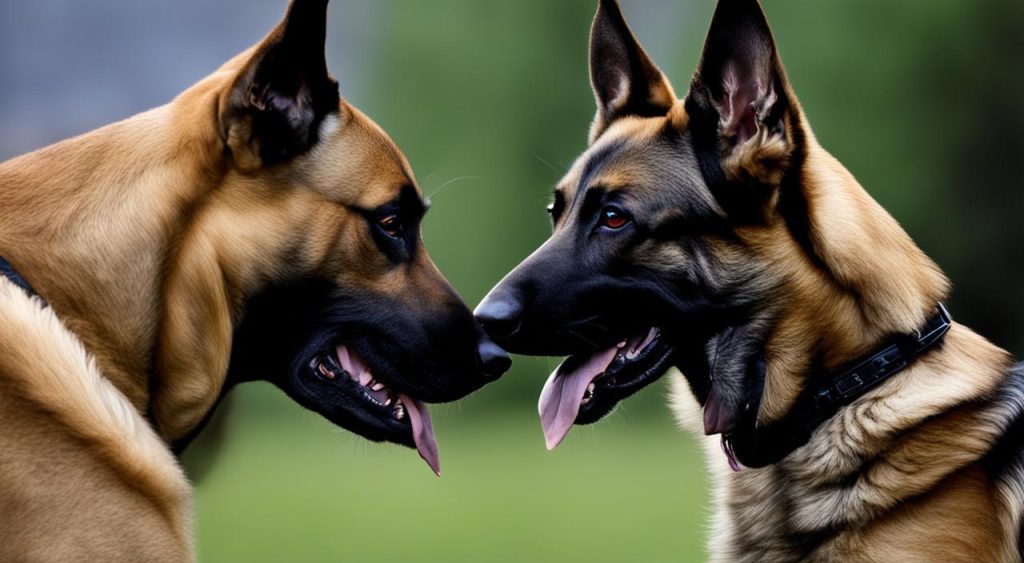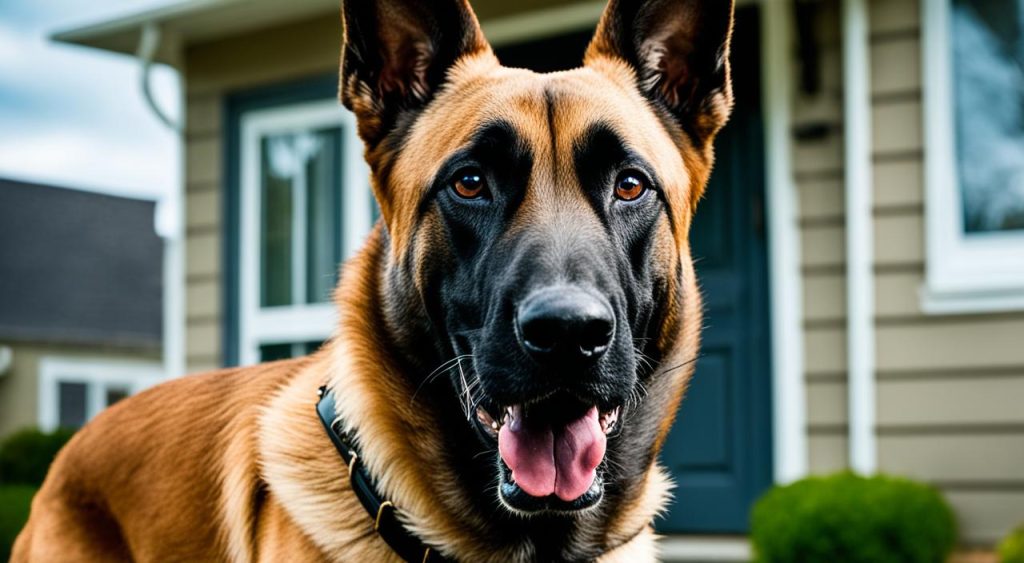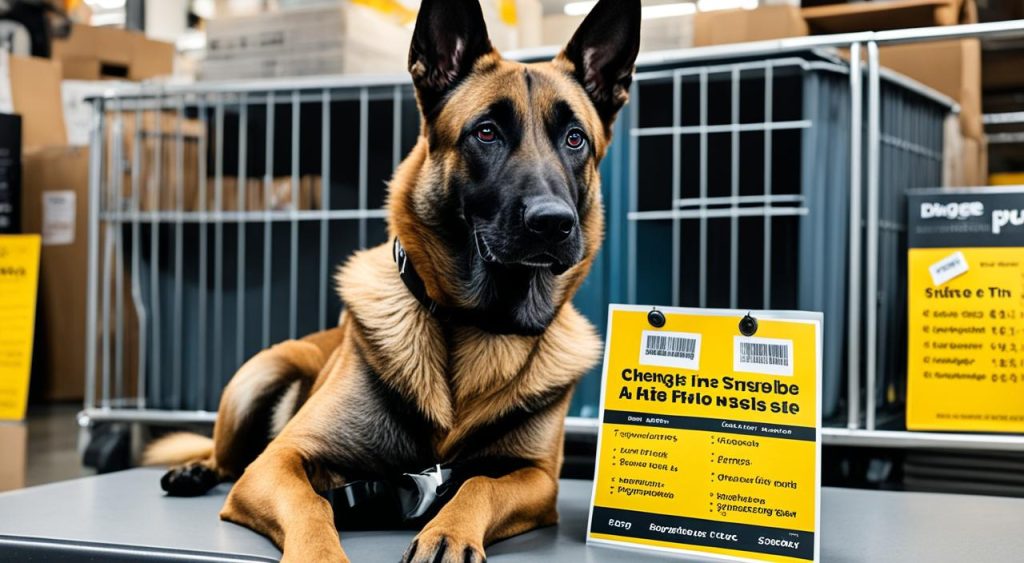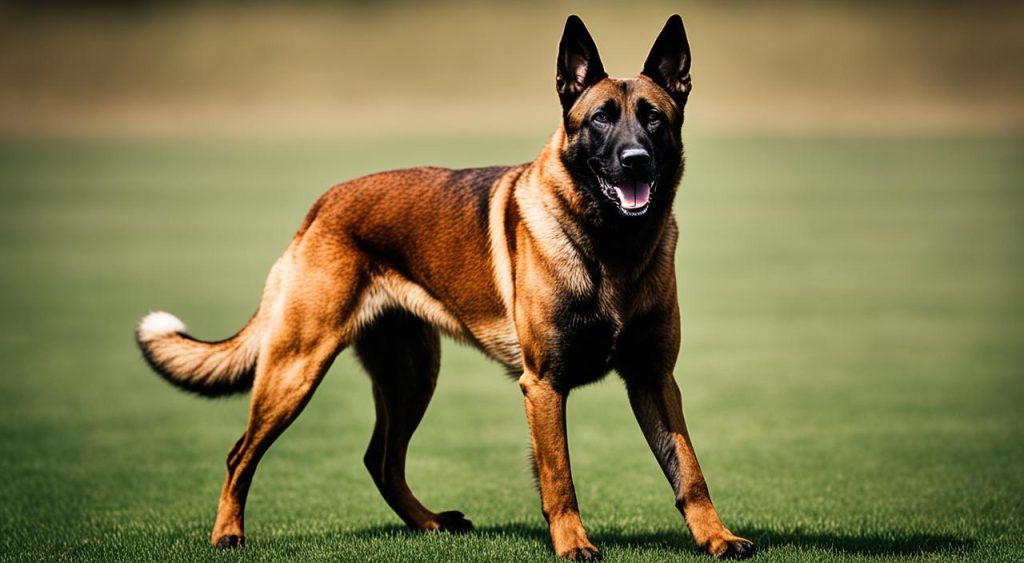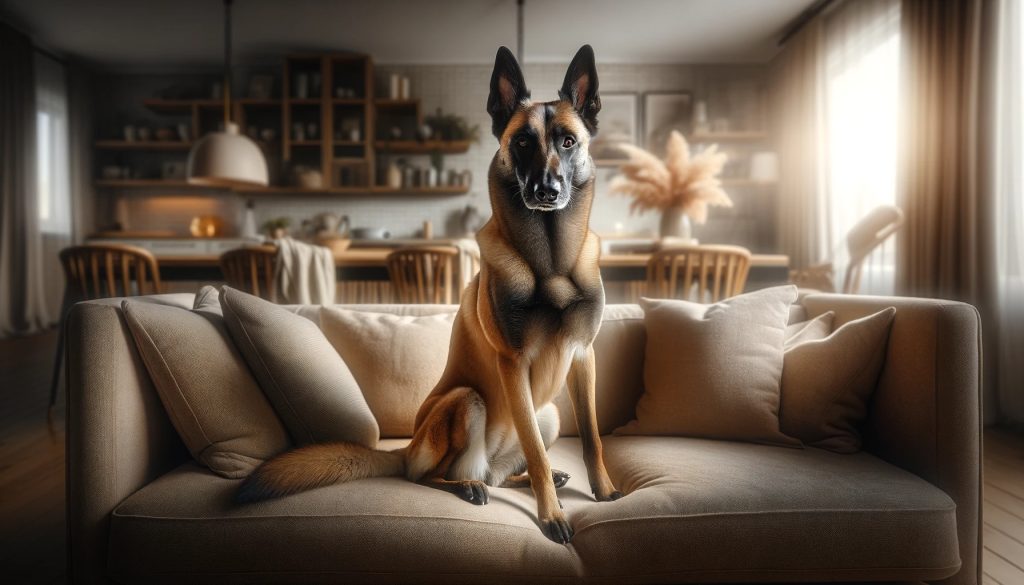When it comes to comparing the strength of dog breeds, the Belgian Malinois and the German Shepherd are often brought into the discussion. Both breeds are known for their impressive physical abilities and are commonly seen in roles such as police and military work. However, determining which dog is stronger requires a closer look at their physical characteristics, energy levels, and training capabilities.
The German Shepherd, with its muscular build and larger size, possesses a powerful presence. Its chest is notably more robust compared to the Belgian Malinois, giving it an advantage in terms of sheer physical strength. However, the Belgian Malinois boasts a slimmer and more athletic physique, which provides it with greater agility and endurance. This makes the Malinois an excellent choice for tasks that require sustained energy and stamina.
In addition to their physical differences, the Belgian Malinois and the German Shepherd also differ in terms of energy levels and exercise requirements. The Belgian Malinois is considered one of the most active dog breeds, thanks to its exceptional energy and endurance. This breed thrives on intense physical activity and mental stimulation, requiring at least 3-4 hours of exercise per day to maintain a healthy and well-balanced lifestyle. On the other hand, the German Shepherd also needs regular exercise, but its energy requirements are relatively less demanding compared to the Malinois.
Intelligence and trainability are two other factors to consider when comparing dog strength. Both the Belgian Malinois and the German Shepherd are highly intelligent breeds with a natural inclination for obedience and working tasks. However, the Belgian Malinois is often viewed as more challenging to train due to its independent nature and high energy levels. It requires a firm and consistent training routine to bring out its full potential. Conversely, the German Shepherd is more easily trainable and adaptable, making it a popular choice for various working roles.
Overall, determining which dog is stronger ultimately depends on the specific needs and preferences of the owner. The German Shepherd offers a solid combination of size, strength, and trainability, while the Belgian Malinois excels in energy levels, agility, and endurance. It’s essential to consider factors such as exercise requirements, training commitment, and compatibility with your lifestyle when choosing between these impressive breeds.
Key Takeaways:
- The German Shepherd is generally larger and more muscular than the Belgian Malinois, making it appear stronger in terms of physical presence.
- The Belgian Malinois has a slimmer and more athletic build, providing it with greater agility and endurance.
- The Belgian Malinois exhibits exceptional energy levels and requires at least 3-4 hours of exercise per day, making it one of the most active dog breeds.
- The German Shepherd also requires regular exercise, but its energy requirements are relatively less demanding compared to the Malinois.
- The Belgian Malinois is often viewed as more challenging to train due to its independent nature and high energy levels.
- The German Shepherd is highly trainable and versatile, making it suitable for various working roles.
- The choice between the two breeds depends on factors such as exercise needs, training commitment, and compatibility with the owner’s lifestyle.
Physical Characteristics and Size Comparison
When comparing the physical characteristics of the Belgian Malinois and the German Shepherd, several notable differences emerge. While both breeds have a similar height, with males standing around 24-26 inches at the shoulder, the German Shepherd tends to be larger and heavier overall. Male German Shepherds can weigh up to 90 pounds, whereas male Belgian Malinois typically weigh between 60-80 pounds. Female German Shepherds can weigh up to 70 pounds, while female Belgian Malinois range between 40-60 pounds.
In terms of appearance, German Shepherds are often more muscular, particularly in the chest area. Belgian Malinois, on the other hand, have a leaner and more slender build. It is worth noting, however, that size and appearance alone do not determine strength. Other factors, such as muscle mass, bite force, and energy levels, also contribute to a dog’s overall strength and power.
Energy Levels and Exercise Requirements
Both the Belgian Malinois and the German Shepherd are powerful dog breeds known for their strength and athleticism. When it comes to energy levels, the Belgian Malinois is in a league of its own. This breed is renowned for its exceptional energy and endurance, making it one of the most active dog breeds.
Belgian Malinois dogs have a remarkable ability to work tirelessly throughout the day and still have energy left over. That’s why they are commonly employed in police and military work, where their impressive stamina and strong work ethic are highly valued.
If you are considering getting either a Belgian Malinois or a German Shepherd, it’s crucial to prepare for their exercise needs. Both breeds require a significant amount of exercise to keep them physically and mentally stimulated. On average, these powerful dog breeds should engage in at least 3-4 hours of exercise each day.
Lack of proper exercise can lead to destructive or vocal behavior in these active dogs, so providing them with enough physical and mental stimulation is crucial. You can help tire their clever minds by offering entertainment and mental enrichment through chew toys or puzzle toys, which will contribute to a well-rested and happier dog.
Intelligence and Training
Both the Belgian Malinois and the German Shepherd are highly intelligent dog breeds. However, there are some differences in their trainability.
The Belgian Malinois is known for its intelligence but can be more challenging to train compared to the German Shepherd. This breed requires a strict routine and firm boundaries to thrive in a training environment. It’s recommended to spend around 2-3 hours a day on initial training to establish a foundation, followed by at least one hour a day for maintenance training. Consistency and structure are key to successfully train a Belgian Malinois.
On the other hand, the German Shepherd is renowned for its trainability and versatility. The breed is quick to grasp commands and responds well to training techniques. German Shepherds excel in obedience and working tasks and have been widely used in police and military work due to their intelligence and willingness to please their handlers.
Both the Belgian Malinois and the German Shepherd form strong bonds with their owners or handlers, making them loyal and protective companions. They are highly trainable and eager to learn new tasks, making them ideal for various working roles.
It’s also worth noting that both breeds have a natural inclination towards agility work. The Belgian Malinois, in particular, is known for its impressive jumping ability, reaching heights of up to 6 feet. Training should be tailored to each dog’s individual strengths and abilities, focusing on positive reinforcement techniques to ensure a successful and satisfying training experience.
Conclusion
In conclusion, determining the strength of a dog breed such as the Belgian Malinois or the German Shepherd depends on various factors such as their physical characteristics, energy levels, bite force and trainability. While the German Shepherd is generally larger and more muscular, the Belgian Malinois surpasses in energy levels and endurance.
Both breeds are highly intelligent and versatile, making them well-suited for police and military work. However, the choice between the Belgian Malinois and the German Shepherd ultimately depends on the specific needs and preferences of the owner. When making this decision, it’s important to consider factors such as exercise requirements, training commitment, and compatibility with your lifestyle.
Both the Belgian Malinois and the German Shepherd have unique qualities and strengths, and with proper training and care, they can be powerful and loyal companions. Whether you are looking for a strong and muscular dog or a highly energetic and agile one, both breeds offer excellent performance and make valuable working dogs and family pets.

